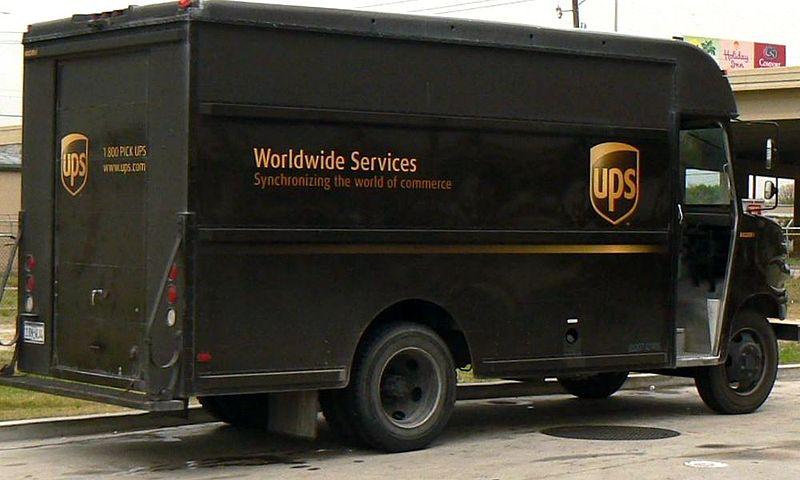No I think he had it right.
Affect as a noun (pronounced AF-fect). A purposeful and somewhat over-expressed response or demeanor, put on for
effect.
Like an over-the-top actor delivering a line or a comedian playing for the laugh.
Or on the internet, an emoji to communicate the tone - the
affect.
It can be a good or a bad thing, but sometimes annoying. Sometimes when a person is prone to a put-on accent or demeanor, people will say that's an
affectation.
I thought
@APotatoGod used it purposefully and cleverly there. Good but uncommon word, and I know that the clever joke is diminished by having to explain it.






